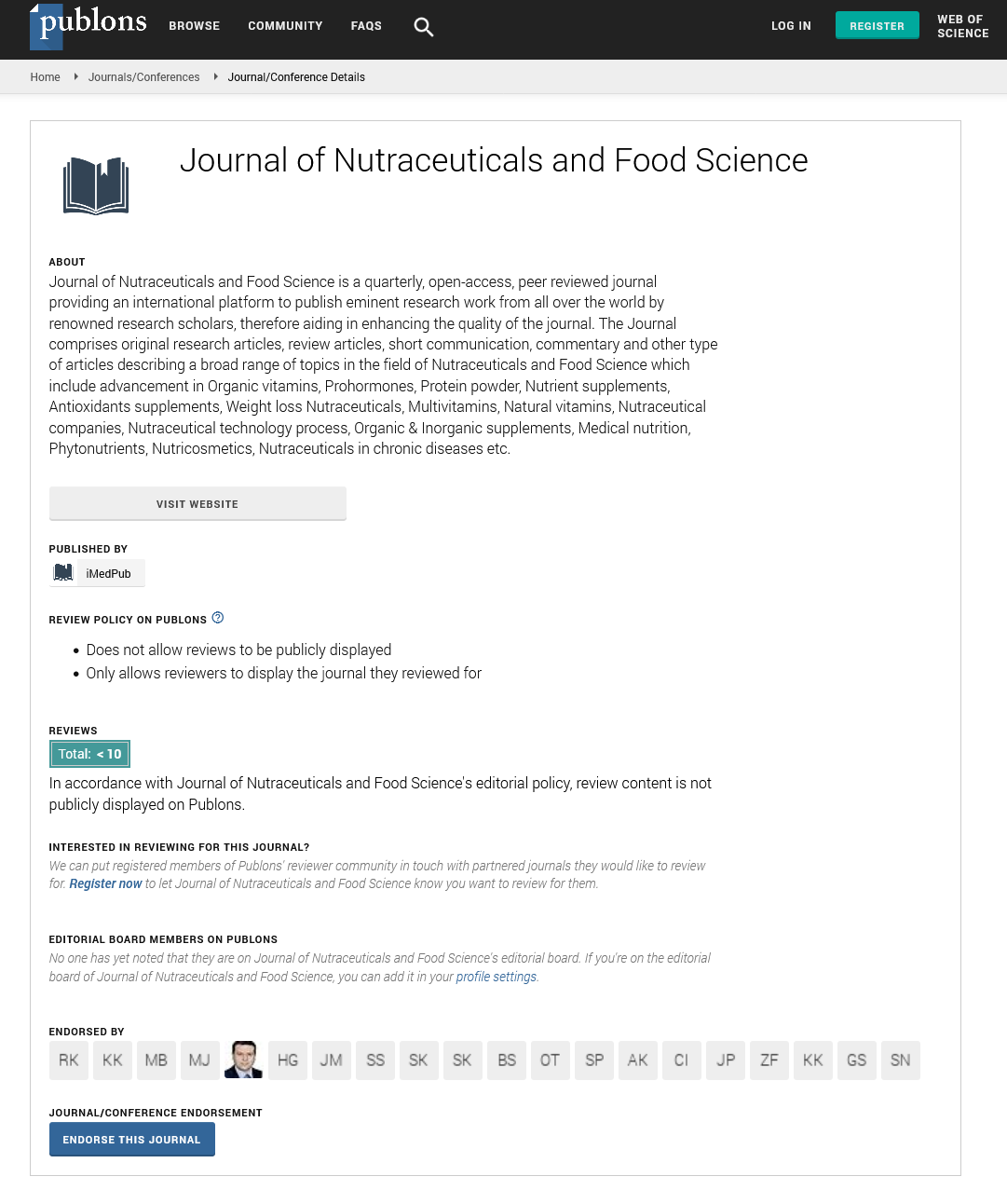Abstract
Lactic acid bacteria in preservation and improvement of nutrients In fermented foods
Fermented foods have been consumed over the years by humans and their nutritional and functional aspects are of interest for the development of innovative foods with different added-values (Marco et al., 2021). The biochemistry defines fermentation as “an ATP-generating process in which organic compounds act as both donors and acceptors of electrons” (Kim and Gadd, 2019) however, considering the food producing process, fermentation is characterized by the activity of intentional microorganisms that produce desirable characteristics. Thus, fermented foods are “foods made through desired microbial growth and enzymatic conversions of food components” (Marco et al., 2021) that present an intrinsic and complex microbiota, usually mainly composed by lactic acid bacteria (LAB) and yeasts. In addition, other microorganisms, such as acetic acid bacteria and filamentous fungi, may be also found. The microbiota of fermented foods may be modulated from one sample to another depending on several factors which includes, but it is not limited to, the raw materials, pH, water activity (Aw), temperature of fermentation and by the initial microbial community itself. In this way, fermenting food using wild starter cultures such as those ones found, for example, in kefir grains or sourdough will hardly address the same microbial and biochemical compositions. Many studies have been evolved regarding the technological and functional aspects of these microorganisms aiming to develop fermented foods with sensorial, nutritional, and healthy attributes able to meet the expectation of consumers (Albuquerque et al., 2020). In addition, considering that the point of view of the consumers about eating more natural foods has increased, studying the safety aspects of fermented foods is also another role played by some microorganisms that can be explored to avoid using chemical food preservatives. Lactic acid bacteria are among the microorganisms that have been most studied by their technological and functional aspects. They are an extended group of Gram-positive, non-spore forming, aerotolerant microorganisms that can be classified as homolactic or heterolactic depending on the lactic acid production generated from their carbohydrate metabolism. Lactic acid bacteria have been historically defined as GRAS, which means that they are generally recognized as safe, according to Food and Drug Administration guidelines. The EFSA - European Food Safety Authority also considers the safety history of lactic acid bacteria including them in the list of QPS – qualified presumption of safety.
Author(s): Marcela A C de Albuquerque
Abstract | Full-Text | PDF
Share this

Google scholar citation report
Citations : 393
Journal of Nutraceuticals and Food Science received 393 citations as per google scholar report
Journal of Nutraceuticals and Food Science peer review process verified at publons
Abstracted/Indexed in
- Google Scholar
- Publons
- Secret Search Engine Labs
Open Access Journals
- Aquaculture & Veterinary Science
- Chemistry & Chemical Sciences
- Clinical Sciences
- Engineering
- General Science
- Genetics & Molecular Biology
- Health Care & Nursing
- Immunology & Microbiology
- Materials Science
- Mathematics & Physics
- Medical Sciences
- Neurology & Psychiatry
- Oncology & Cancer Science
- Pharmaceutical Sciences


